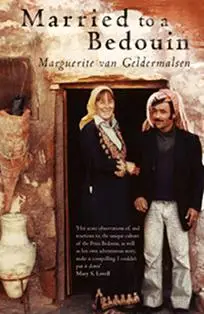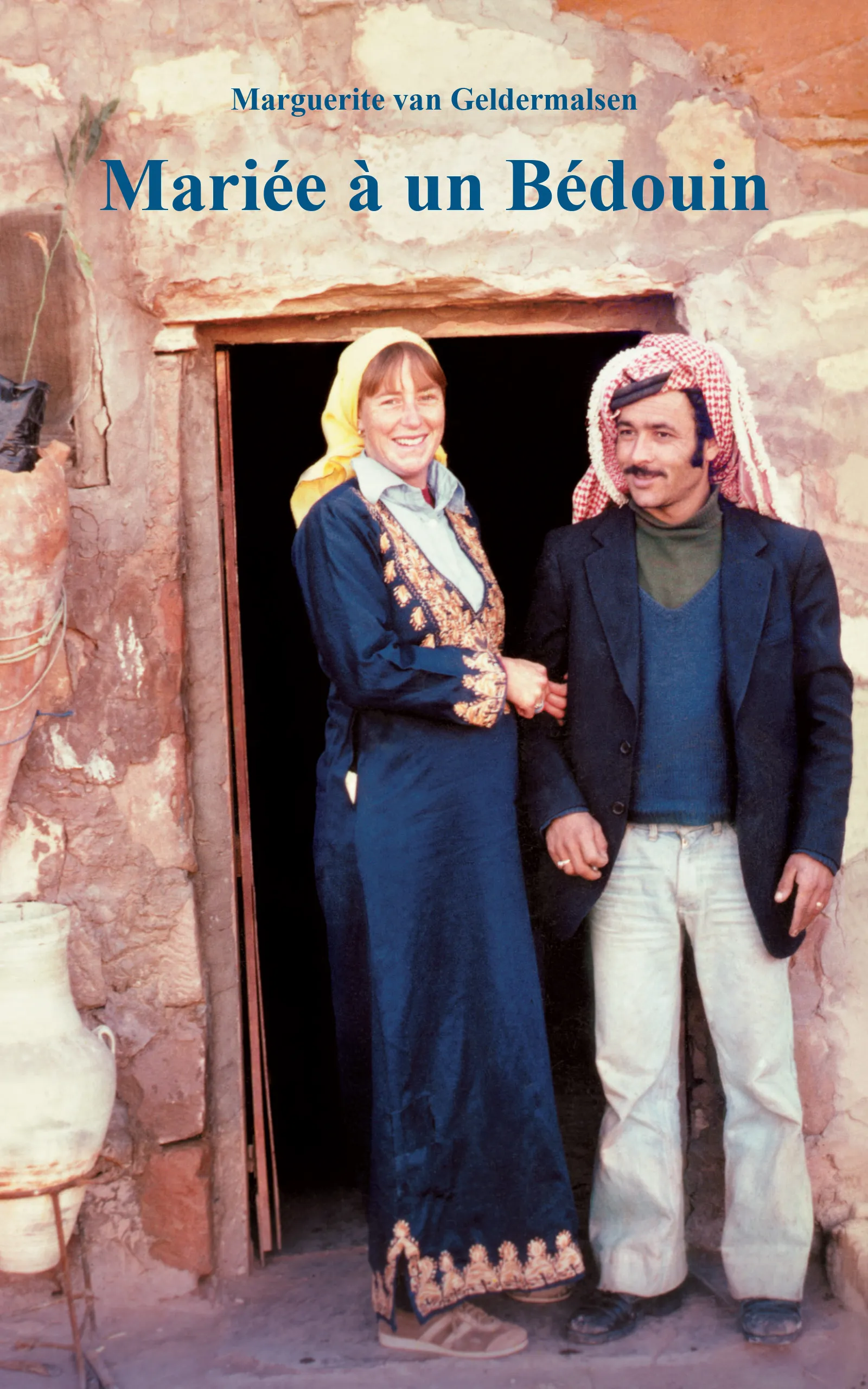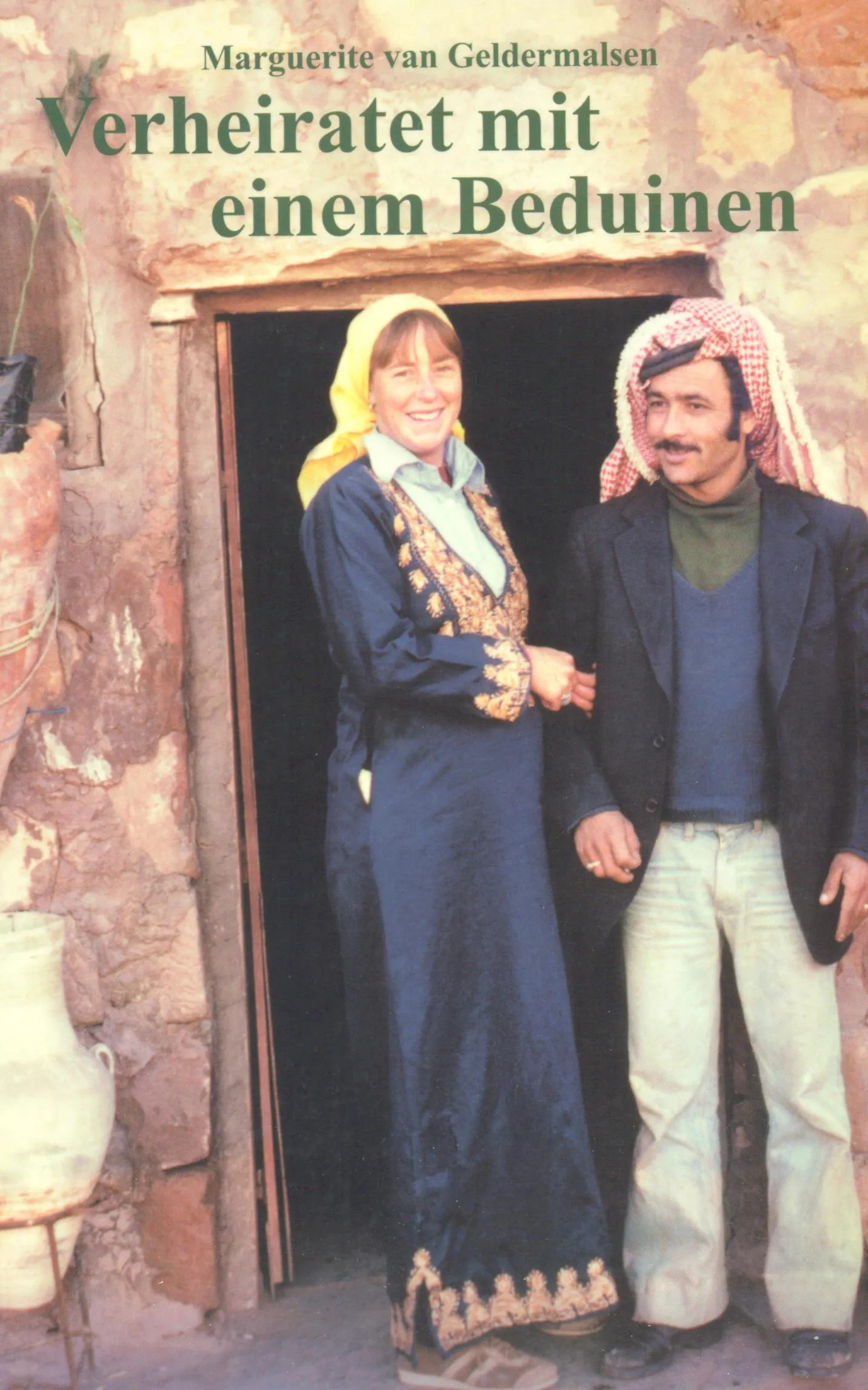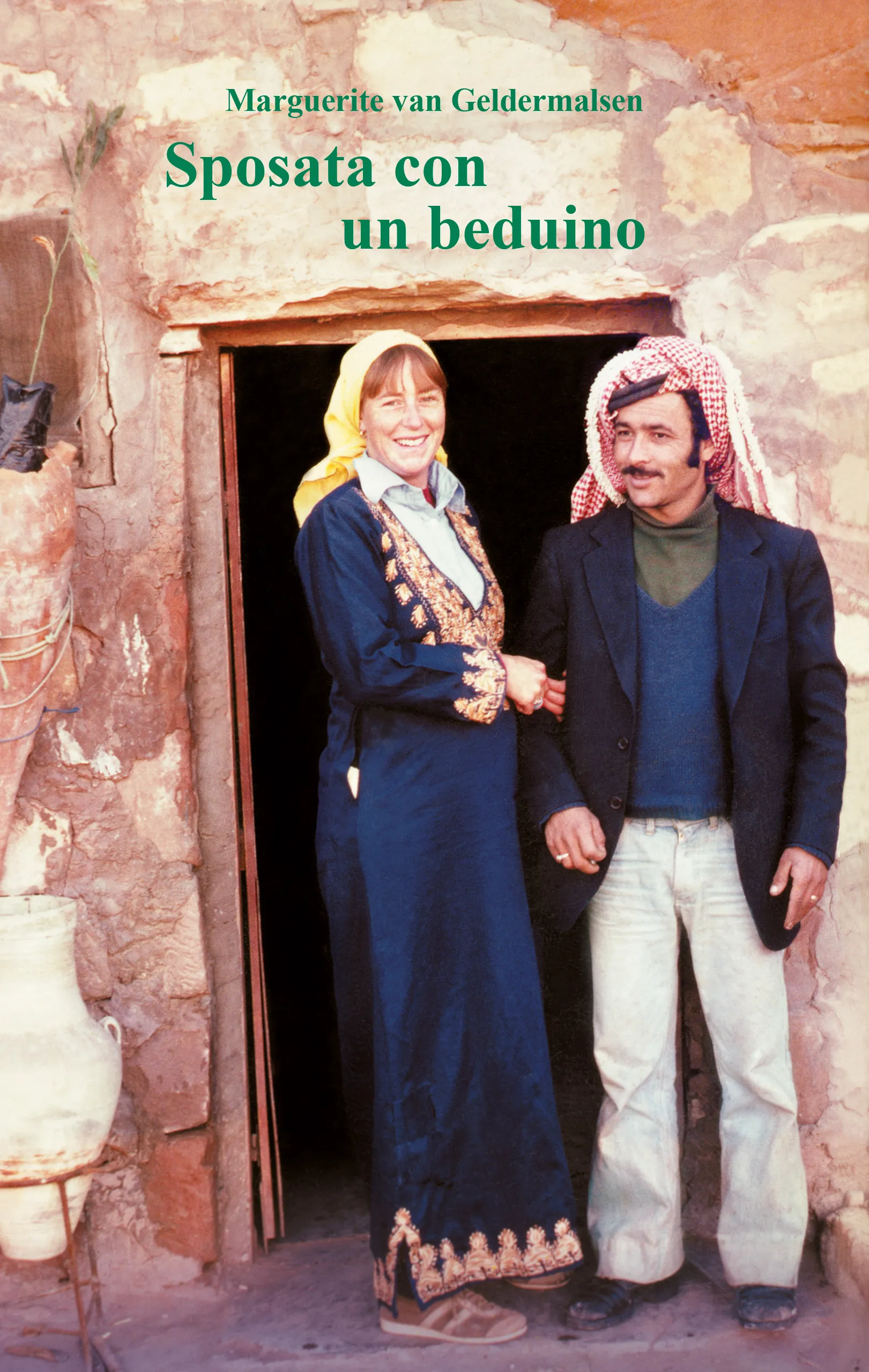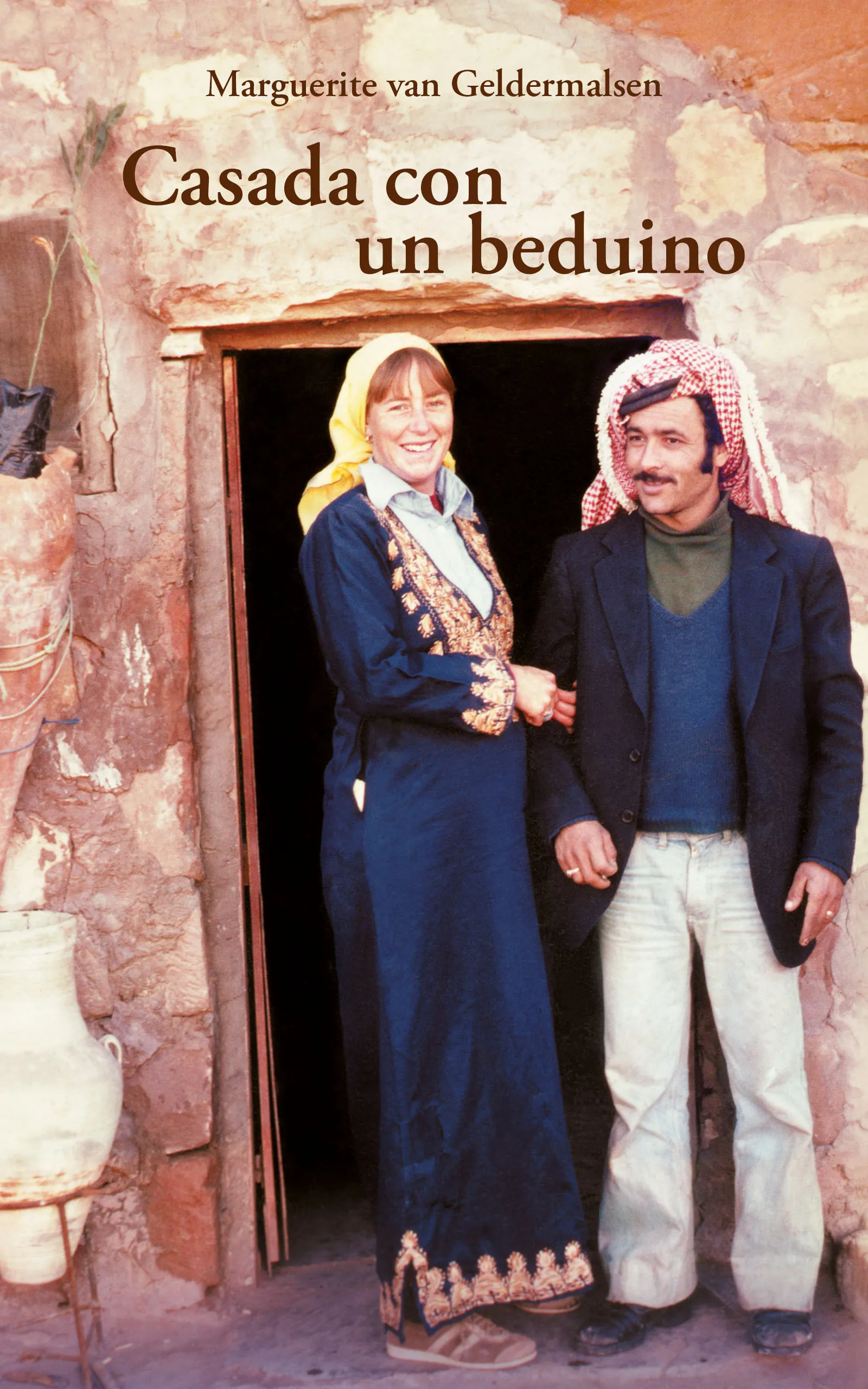Married to a Bedouin
A memoir of love, transformation, and life inside Petra’s hidden world
He seemed enthusiastic — and we were looking for adventure.
In 1978, Marguerite van Geldermalsen, a New Zealand nurse, met Mohammad — a souvenir-seller born in a Petra cave — and stayed. What began as a traveler’s adventure became a lifelong immersion into Bedouin life.
About the Book
A story of love, courage, and cultural immersion.
In the summer of 1978, Marguerite, a nurse from New Zealand, met Mohammad, a souvenir-seller born in a Petra cave. She stayed — and lived the next decades as part of the Bdoul Bedouin community.
Married to a Bedouin is her memoir — a window into an ancient way of life from the perspective of an outsider who became family.
From baking bread over open fires to raising children in caves, her story captures Petra not as tourists see it — but as it is lived.
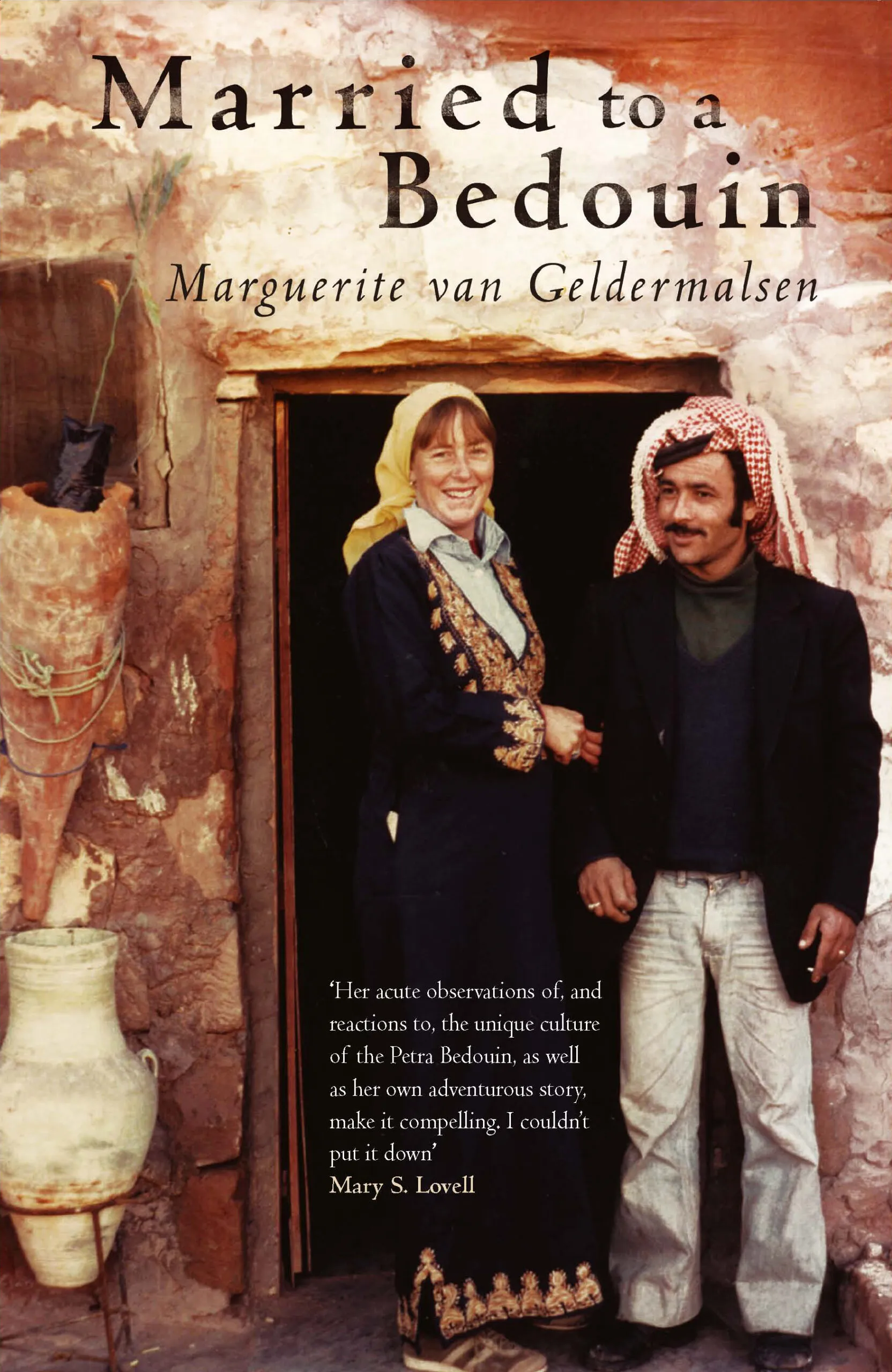
Marguerite and Mohammad, Petra, early 1980s
What Readers Are Saying
“An inspiring and uplifting read! I couldn't put it down and felt like I was right there in Petra. A wonderful story of love, culture, and strength.”
— Amazon reviewer
“I found out about this book while vacationing in Jordan and was lucky to visit Petra. We met Marguerite in her shop — what a courageous and inspiring woman. Her story is fascinating.”
— Amazon reviewer
“A moving account of a life lived across cultures. Honest, humorous, and human in all the best ways.”
— Goodreads reviewer
Petra & the Bdoul: Life Beyond the Book
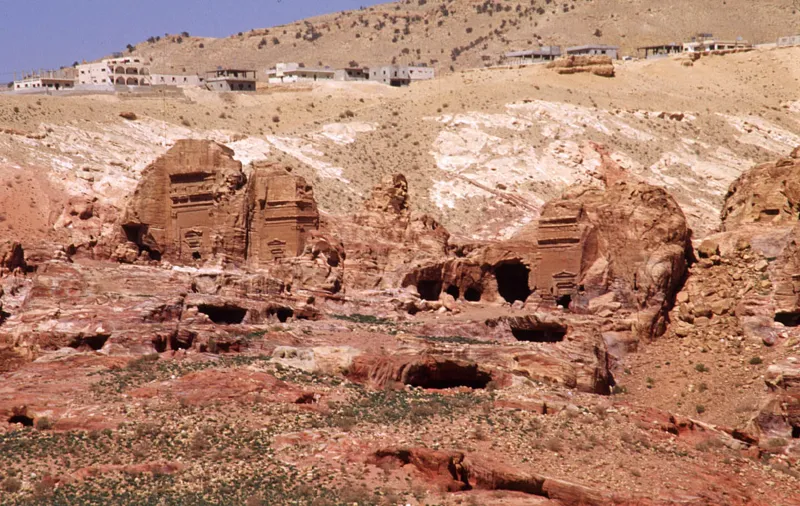
The Bdoul Bedouin no longer live inside Petra, that ancient city in the south of Jordan. They no longer set up their tents of woven hair on the long, wind-catching ridges and invite passing tourists to share a cup of tea in the shade, an evening meal, or even a place to sleep — as they did when I met my husband there in the summer of 1978.
I was from New Zealand. Mohammad had been born in one of the caves.
Married to a Bedouin is the story of how I fell in love with Mohammad Abdallah and married him; how I settled into his cave and slept with him on the ledge in front under a sheet of stars; how I learned to fetch water by donkey, bake bread daily, and eventually ran the local clinic.
In 1985, when the Bedouin were resettled to the village of Umm Sayhoon on a hillside overlooking Petra, I too moved — no longer an outsider but a part of the tribe. Since then, I’ve remained part of the evolving story of Petra. I worked alongside Mohammad selling sand bottles, T-shirts, and later, silver jewellery. Visitors always asked how I came to be there.
As I shared my story — life with my Bedouin husband in the valley of Petra — I realised the way of life I was describing was disappearing. That’s when I began to write.
Through these stories — my own and those of the people I shared the valley with — I offer a living memory of Petra and its people.

Where to Buy the Book
Married to a Bedouin is available worldwide in paperback, Kindle, and audiobook formats.
Available Language Editions
Select your preferred language edition:
Read an Excerpt
1979: The Old Man and the Rababa
As I entered the Monastery valley on my way to the clinic I passed a cave where I often saw a frail old man sitting cross-legged in the morning shade playing on a rababa and reciting poetry. His music would follow me along the valley.
I asked Mohammad about him and he said, ‘Miskeen, mylih weritha.’ Poor guy, he has no successor. The weritha was an old word originating before matches and lighters when the only way a Bedouin could keep his fire going was to bury a hard-wood stump deep into the ashes where it smouldered till morning. That log was his weritha, and so were his sons, because as the log would continue the fire, so the sons would continue his name.
Everyone called the old man with the rababa Abu Argoob, although he didn’t have a son. His nickname, the Father of the Shins, seemed appropriate because his were like thin sticks below his hitched-up once-white thaub. ...
Abu Argoob’s rababa was typical of the stringed instruments of the Bedouin. ...
When he died that was the end. ...
Glossary: thaub, robe; mirreer, part of headgear.
— from Married to a Bedouin
A Visual Journey
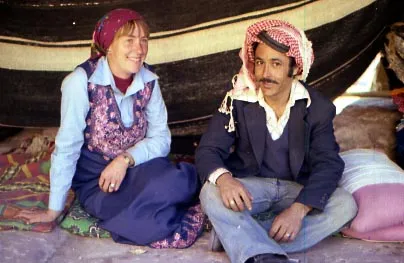
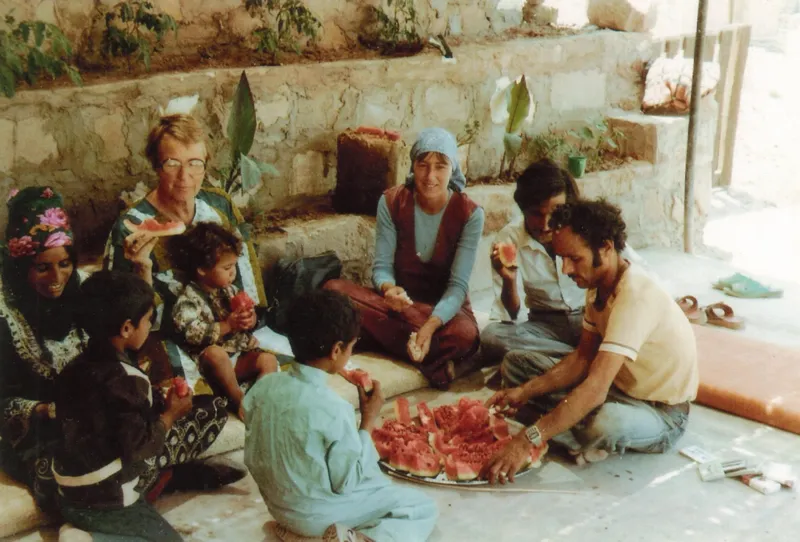
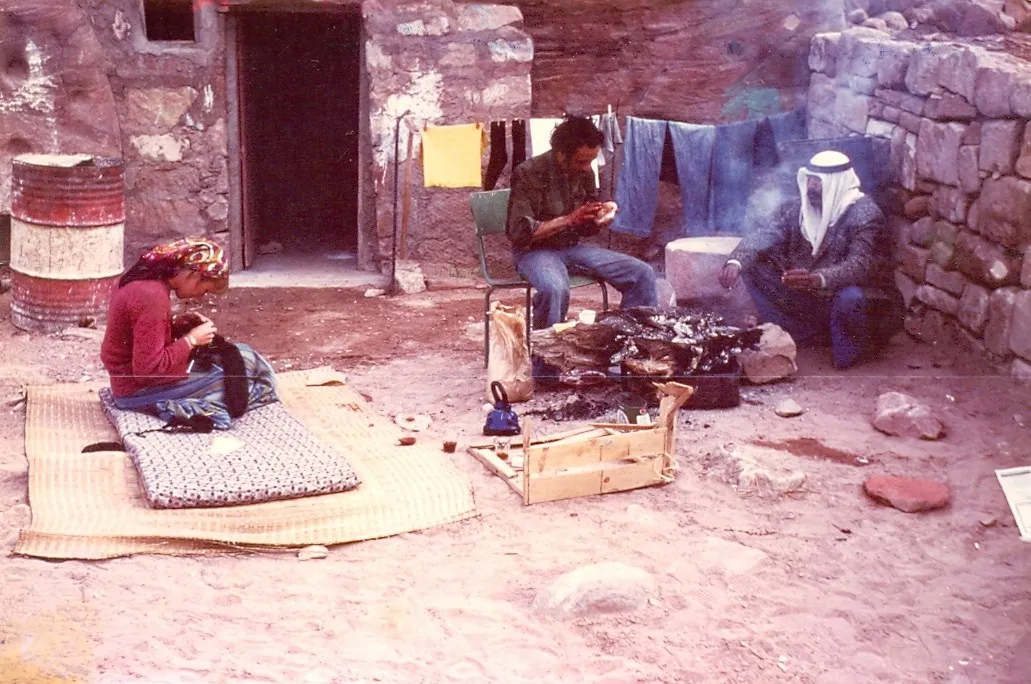
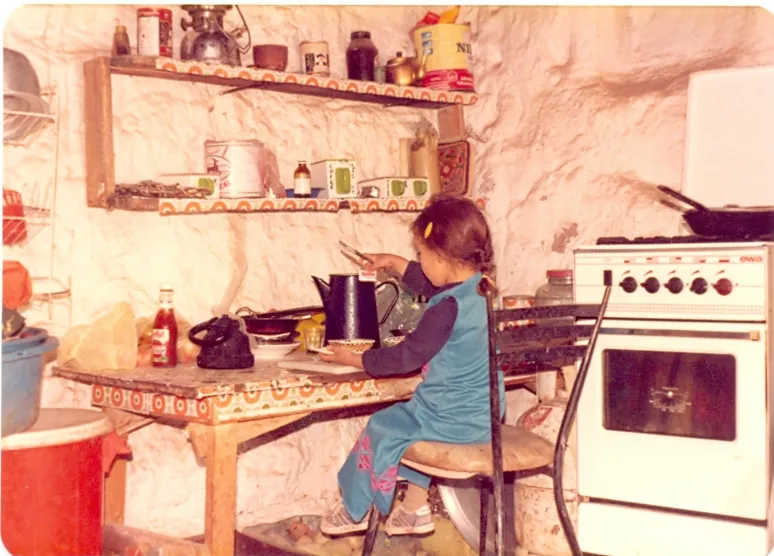
About the Author
Marguerite van Geldermalsen was a nurse from New Zealand when she met Mohammad Abdallah, a Bedouin souvenir-seller, in the ancient city of Petra. Their meeting sparked a lifelong love story that led her to trade a conventional life for one carved into sandstone.
Marguerite lived with her husband in a 2,000-year-old cave and became a part of the Bdoul Bedouin community. Her memoir Married to a Bedouin is a vivid and heartfelt account of adaptation, love, and cultural discovery.

Petra Pieces – The Jewellery
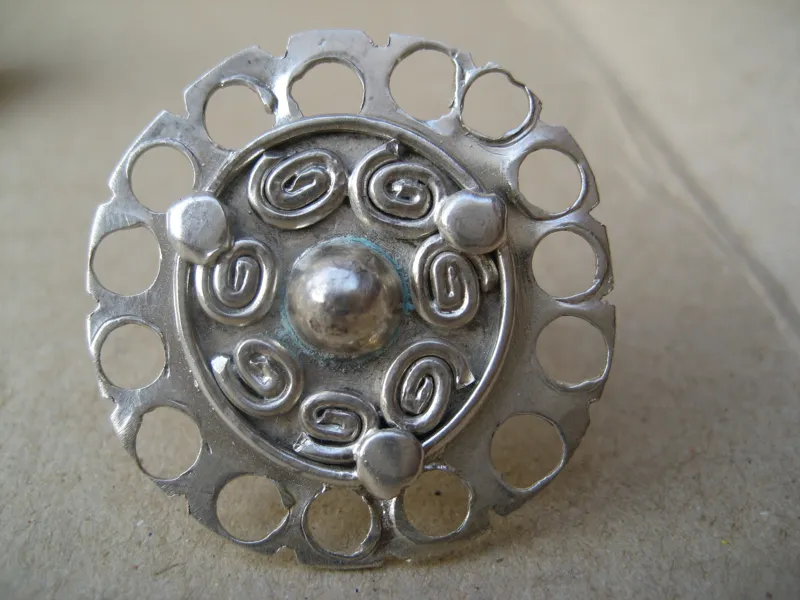
The Jewellery
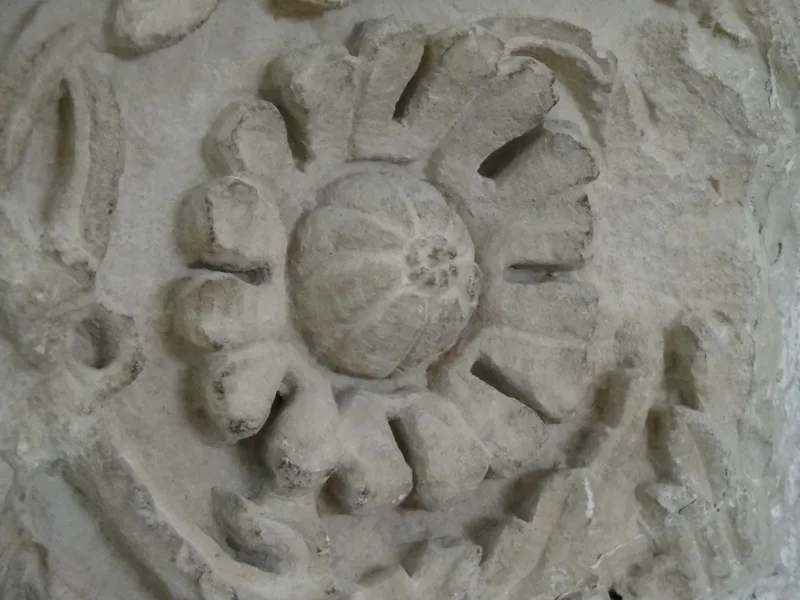
Inspiration
Get in Touch
Have a question, comment, or media inquiry? We’d love to hear from you.
